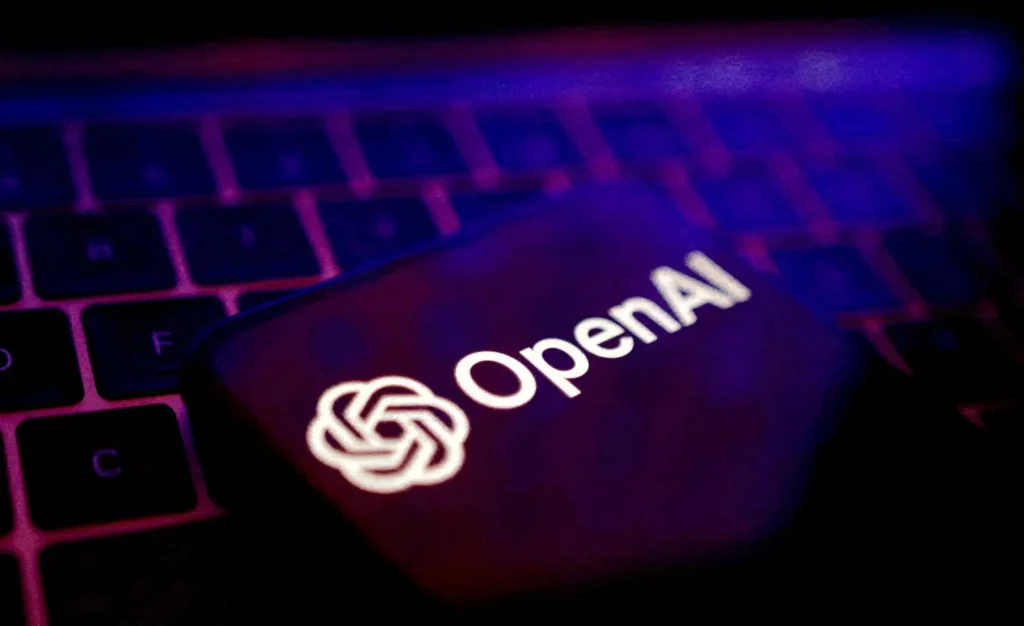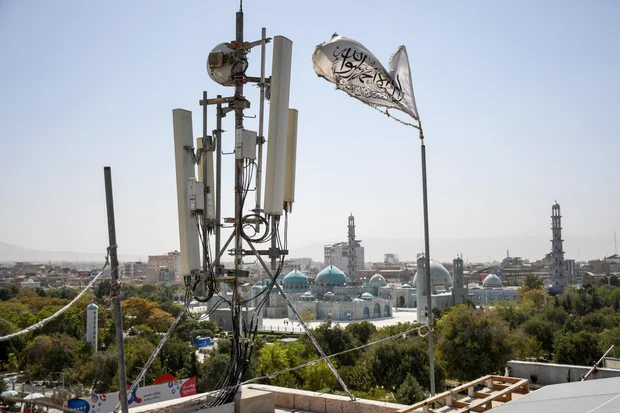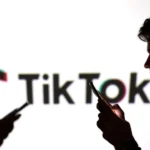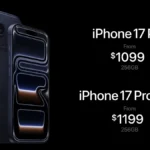OpenAI has just rolled out GPT-5, its most advanced model yet. After months of testing and leaks, it’s finally live. The company says it’s smarter, more accurate, and better at reasoning than anything they’ve built before. With rivals like Google’s Gemini, Anthropic’s Claude, and Meta’s open models gaining ground, OpenAI needs a win. Is this it?
What’s Different About GPT-5?
GPT-5 builds on GPT-4 but adds serious upgrades. It handles tough math, writes solid code, summarizes long texts clearly, and follows layered instructions without getting confused. It’s also better at sounding human. OpenAI says it spent over 5,000 hours testing for safety—trying to cut down on bias, hallucinations, and harmful content.
Sam Altman, OpenAI’s CEO, told Wired that using GPT-5 is like seeing a Retina screen for the first time. Not obvious at first glance, but once you notice the improvement, you can’t go back. He says it still isn’t AGI, but it feels like “you’re talking to an expert” in most areas.

Microsoft Goes All In
Microsoft isn’t wasting time. They pushed GPT-5 into Microsoft 365 Copilot, GitHub Copilot, and Azure AI Foundry right away. A new “smart mode” lets the model switch between quick replies and deep analysis depending on what users need.
This gives GPT-5 an early lead in business and dev tools. GitHub users can already see better, cleaner code with fewer bugs. Long prompts with multiple steps? It handles them better now.
Available to Everyone—Sort Of
In a surprise move, OpenAI gave access to free ChatGPT users, not just Pro subscribers. Pro users ($20/month) get faster and priority access, while free users may hit limits or slowdowns at peak times .
This setup makes sure more people can try GPT-5 while keeping server traffic manageable. Enterprise customers get higher caps and deeper integration.
Facing Tough Competition
GPT-5 isn’t launching in a vacuum. Google’s Gemini 2 Ultra and Anthropic’s Claude 3.5 are serious challengers. Both are strong in reasoning, code generation, and multi-modal tasks. But early tests say GPT-5 is better at structured logic, text summaries, and coding.
Claude is still leading in long memory and clear reasoning chains. Gemini shines in pulling real-time info through Google Search. But GPT-5’s overall balance—power, safety, and speed—gives it an edge in everyday use.
It’s Not AGI—But It’s Close
GPT-5 isn’t a general intelligence. It can’t think for itself or learn new things beyond training. But it’s sharper. It follows instructions better. It reacts more naturally. And it sounds less robotic than earlier versions.
It’s the best AI model OpenAI has ever made—and possibly the best you can use today.
Can It Reclaim the Lead?
That’s the big question. If GPT-5 gets adopted fast by developers, companies, and everyday users—and if it stays stable and safe—it could put OpenAI back on top.
But this isn’t just a tech launch. It’s also about trust. OpenAI needs to prove it can build strong tools and stay ahead without cutting corners.
The coming months will show if GPT-5 is just a solid update—or something bigger.








